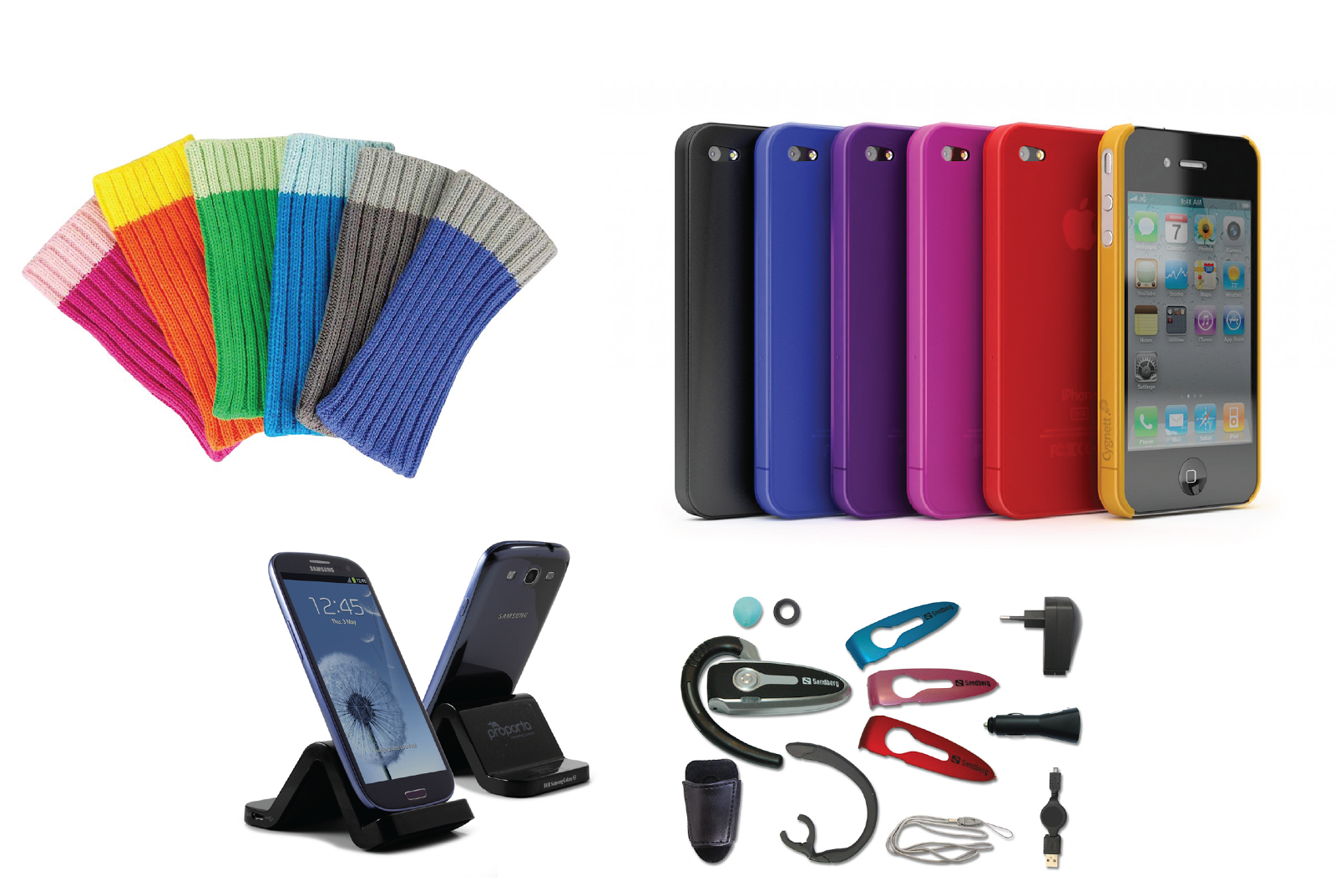When we first heard that one of Google’s self-driving cars had been
pulled over by cops, we thought one of its little pod-like vehicles
might’ve been caught hammering along the highway during a sneaky one-off
test of its ability to handle high speeds.But no.

It was actually stopped for going too slow
That’s right, a Mountain View traffic cop this week spotted the cute
little pod puttering along the street at a speed presumably not much
faster than a granny walking a dog, and decided to have a word.
After Milewski posted the amusing picture on the social networking
site, the Mountain View Police Department confirmed the incident,
explaining that one of its traffic cops had “noticed traffic backing up
behind a slow moving car,” and as a consequence decided to pull it over.
“As the officer approached [it] he realized it was a Google
Autonomous Vehicle,” the statement said, adding, “The officer stopped
the car and made contact with the operators to learn more about how the
car was choosing speeds along certain roadways and to educate the
operators about impeding traffic.”
Meanwhile, Google, too, decided to milk the incident for all it’s
worth, jumping online to say that “after 1.2 million miles of autonomous
driving (that’s the human equivalent of 90 years of driving
experience), we’re proud to say we’ve never been ticketed,” suggesting
the Googler cooped up in the car managed to convince the cop that moving
at a crawl was sensible under the circumstances, even if it did rile
the drivers stuck behind it.
While admitting that it must be pretty rare to get pulled over for
driving too slowly, Google explained that for safety reasons it’d
decided to cap the speed of its prototype car at 25 mph.
“We want them to feel friendly and approachable, rather than zooming
scarily through neighborhood streets,” the message said, adding, “Like
this officer, people sometimes flag us down when they want to know more
about our project.”
Google is currently testing its self-driving technology using 21
pod-like prototype cars on the roads around its Mountain View
headquarters, with a further four tootling about the streets of Austin,
Texas. It also has 23 Lexus SUVs on the road using some of the gear.
Traveling so slowly, you might think there’d be a few rear-endings
involving Google’s self-driving cars, but data released by the company
shows that over the last two months all of its vehicles have avoided
such an incident, or any kind of accident for that matter.
Google Driverless Car
The Google Self-Driving Car, commonly abbreviated as SDC, is a
project by Google X that involves developing technology for autonomous
cars, mainly electric cars. The software powering Google’s cars is
called Google Chauffeur.Lettering on the side of each car identifies it
as a “self-driving car”. The project was formerly led by Sebastian
Thrun, former director of the Stanford Artificial Intelligence
Laboratory and co-inventor of Google Street View. Thrun’s team at
Stanford created the robotic vehicle Stanley which won the 2005 DARPA
Grand Challenge and its US$2 million prize from the United States
Department of Defense. The team developing the system consisted of 15
engineers working for Google, including Chris Urmson, Mike Montemerlo,
and Anthony Levandowski who had worked on the DARPA Grand and Urban
Challenges.
Legislation has been passed in four U.S. states and Washington, D.C.
allowing driverless cars. The state of Nevada passed a law on June 29,
2011, permitting the operation of autonomous cars in Nevada, after
Google had been lobbying in that state for robotic car laws. The Nevada
law went into effect on March 1, 2012, and the Nevada Department of
Motor Vehicles issued the first license for an autonomous car in May
2012, to a Toyota Prius modified with Google’s experimental driverless
technology.In April 2012, Florida became the second state to allow the
testing of autonomous cars on public roads, and California became the
third when Governor Jerry Brown signed the bill into law at Google HQ in
Mountain View. In December 2013, Michigan became the fourth state to
allow testing of driverless cars on public roads. In July 2014, the city
of Coeur d’Alene, Idaho adopted a robotics ordinance that includes
provisions to allow for self-driving cars.
In May 2014, Google presented a new concept for their driverless car
that had neither a steering wheel nor pedals, and unveiled a fully
functioning prototype in December of that year that they planned to test
on San Francisco Bay Area roads beginning in 2015. Google plans to make
these cars available to the public in 2020.
Technology
The project team has equipped a number of different types of cars
with the self-driving equipment, including the Toyota Prius, Audi TT,
and Lexus RX450h, Google has also developed their own custom vehicle,
which is assembled by Roush Enterprises and uses equipment from Bosch,
ZF Lenksysteme, LG, and Continental.
Google’s robotic cars have about $150,000 in equipment including a
$70,000 LIDAR system. The range finder mounted on the top is a Velodyne
64-beam laser. This laser allows the vehicle to generate a detailed 3D
map of its environment. The car then takes these generated maps and
combines them with high-resolution maps of the world, producing
different types of data models that allow it to drive itself.
As of June 2014, the system works with a very high definition
inch-precision map of the area the vehicle is expected to use, including
how high the traffic lights are; in addition to on-board systems, some
computation is performed on remote computer farms
Road Testing
In 2012, the test group of vehicles included six Toyota Prius, an
Audi TT, and three Lexus RX450h, each accompanied in the driver’s seat
by one of a dozen drivers with unblemished driving records and in the
passenger seat by one of Google’s engineers. By May 2015, that fleet
consisted solely of 23 Lexus SUVs.
Google’s vehicles have traversed San Francisco’s Lombard Street,
famed for its steep hairpin turns, and through city traffic. The
vehicles have driven over the Golden Gate Bridge and around Lake Tahoe.
The system drives at the speed limit it has stored on its maps and
maintains its distance from other vehicles using its system of sensors.
The system provides an override that allows a human driver to take
control of the car by stepping on the brake or turning the wheel,
similar to cruise control systems already found in many cars today.
On March 28, 2012, Google posted a YouTube video showing Steve Mahan,
a resident of Morgan Hill, California, being taken on a ride in
Google’s self-driving Toyota Prius. In the video, Mahan states
“Ninety-five percent of my vision is gone, I’m well past legally blind”.
In the description of the YouTube video, it is noted that the carefully
programmed route takes him from his home to a drive-through restaurant,
then to the dry cleaning shop, and finally back home.
In August 2012, the team announced that they have completed over
300,000 autonomous-driving miles (500,000 km) accident-free, typically
have about a dozen cars on the road at any given time, and are starting
to test them with single drivers instead of in pairs. Four U.S. states
have passed laws permitting autonomous cars as of December 2013: Nevada,
Florida, California, and Michigan. A law proposed in Texas would
establish criteria for allowing “autonomous motor vehicles”.
In April 2014, the team announced that their vehicles have now logged
nearly 700,000 autonomous miles (1.1 million km). In late May, Google
revealed a new prototype of its driverless car, which had no steering
wheel, gas pedal, or brake pedal, being 100% autonomous.
In June 2015, the team announced that their vehicles have now driven
over 1 million miles, stating that this was “the equivalent of 75 years
of typical U.S. adult driving”, and that in the process they had
encountered 200,000 stop signs, 600,000 traffic lights, and 180 million
other vehicles.Google also announced its prototype vehicles were being
road tested in Mountain View, California. During testing, the
prototypes’ speed cannot exceed 25 mph and will have safety drivers
aboard the entire time.
As of September 2015, Google had test driven their fleet of vehicles 1,210,676 miles
Accidents
As of July 2015, Google’s 23 self-driving cars have been involved in
14 minor traffic accidents on public roads, but Google maintains that in
all cases the vehicle itself was not at fault because the cars were
either being manually driven or the driver of another vehicle was at
fault.
In June 2015, Google founder Sergey Brin confirmed that there had
been 12 accidents as of that date, eight of which involved being
rear-ended at a stop sign or traffic light, two in which the vehicle was
side-swiped by another driver, one of which involved another driver
rolling through a stop sign, and one where a Google employee was
manually driving the car.
In July 2015, three Google employees suffered minor injuries when the
self-driving car they were riding in was rear-ended by a car whose
driver failed to brake at a traffic light. This was the first time that a
self-driving car collision resulted in injuries.
Additionally, Google maintains monthly reports that include any
traffic accidents that their self-driving cars have been involved in.














